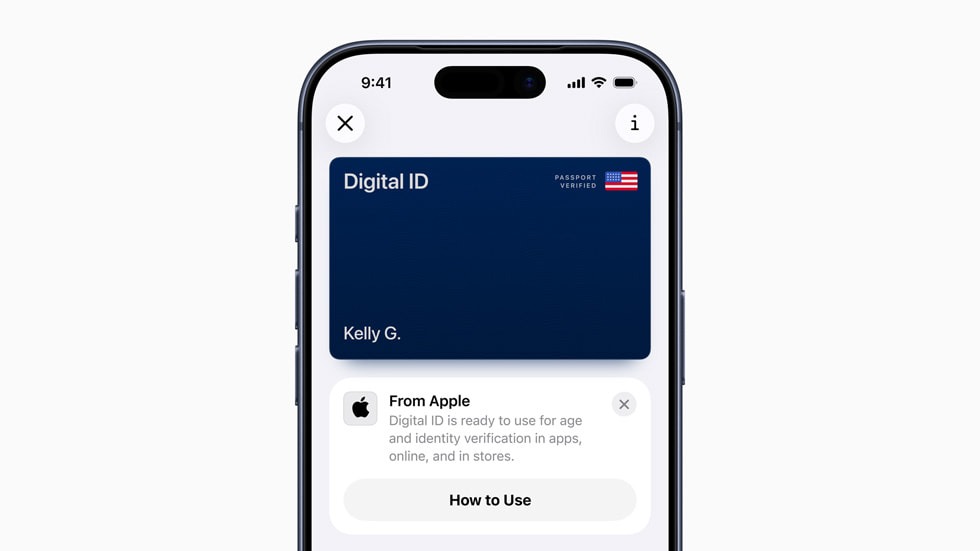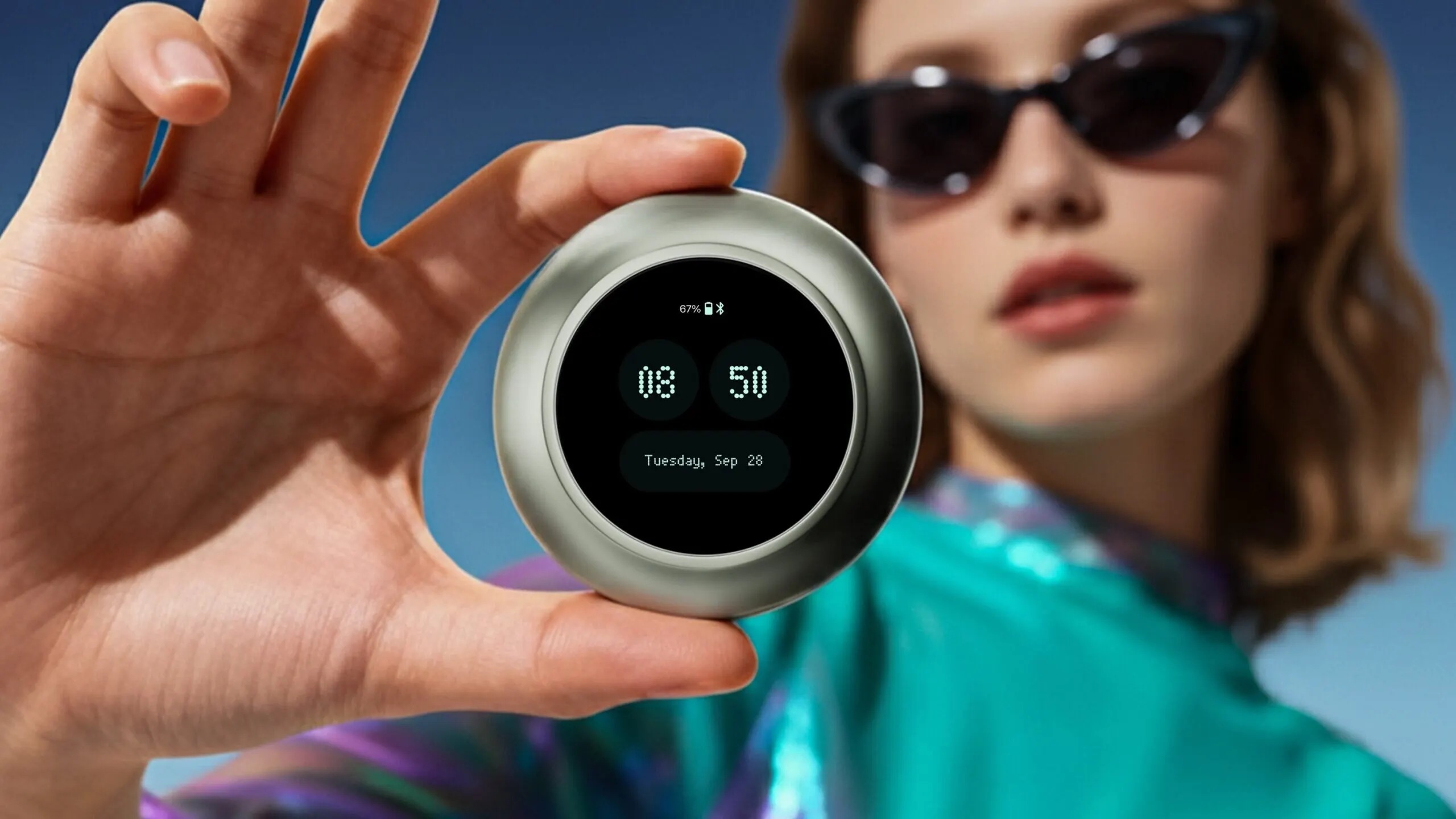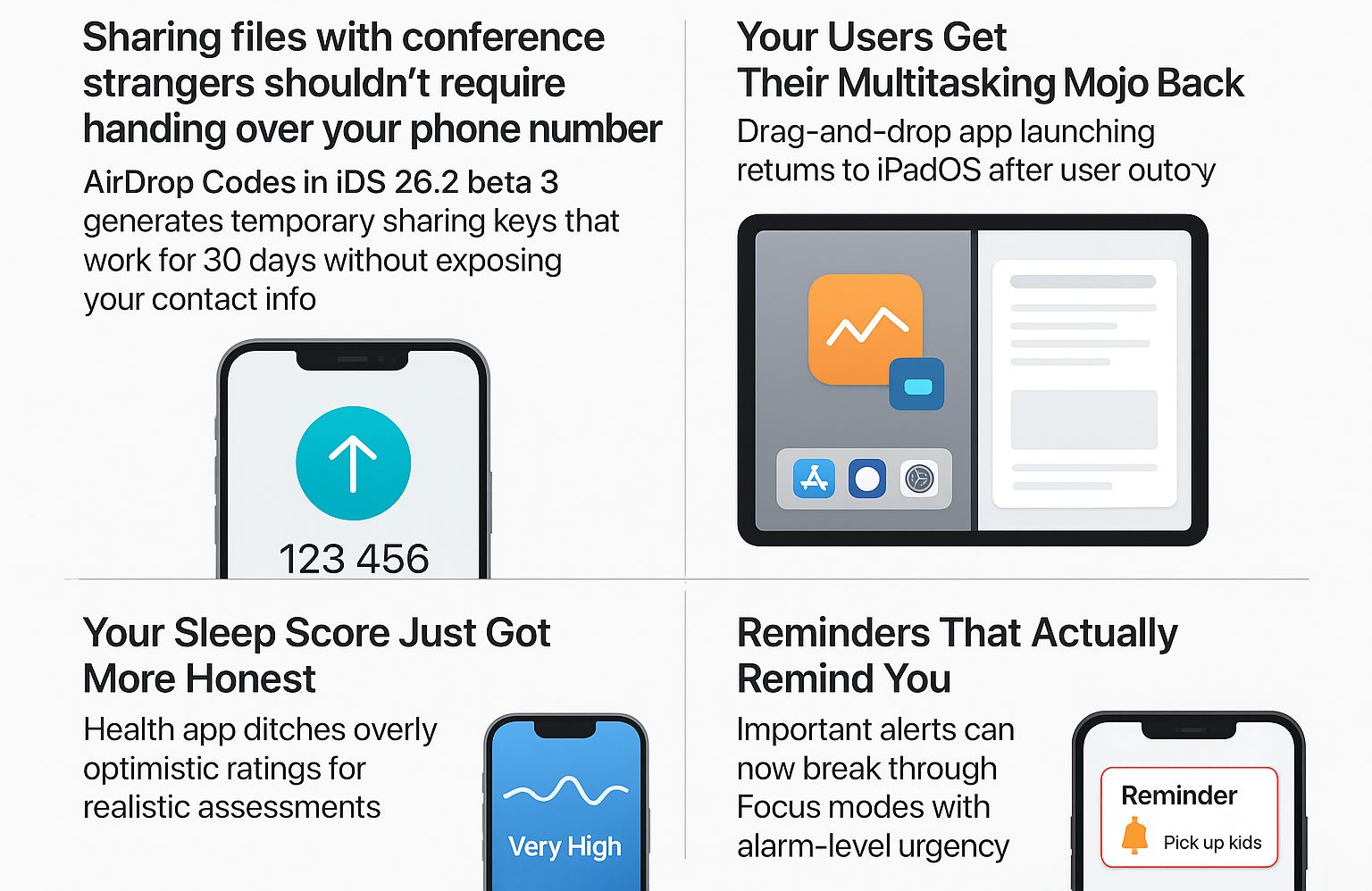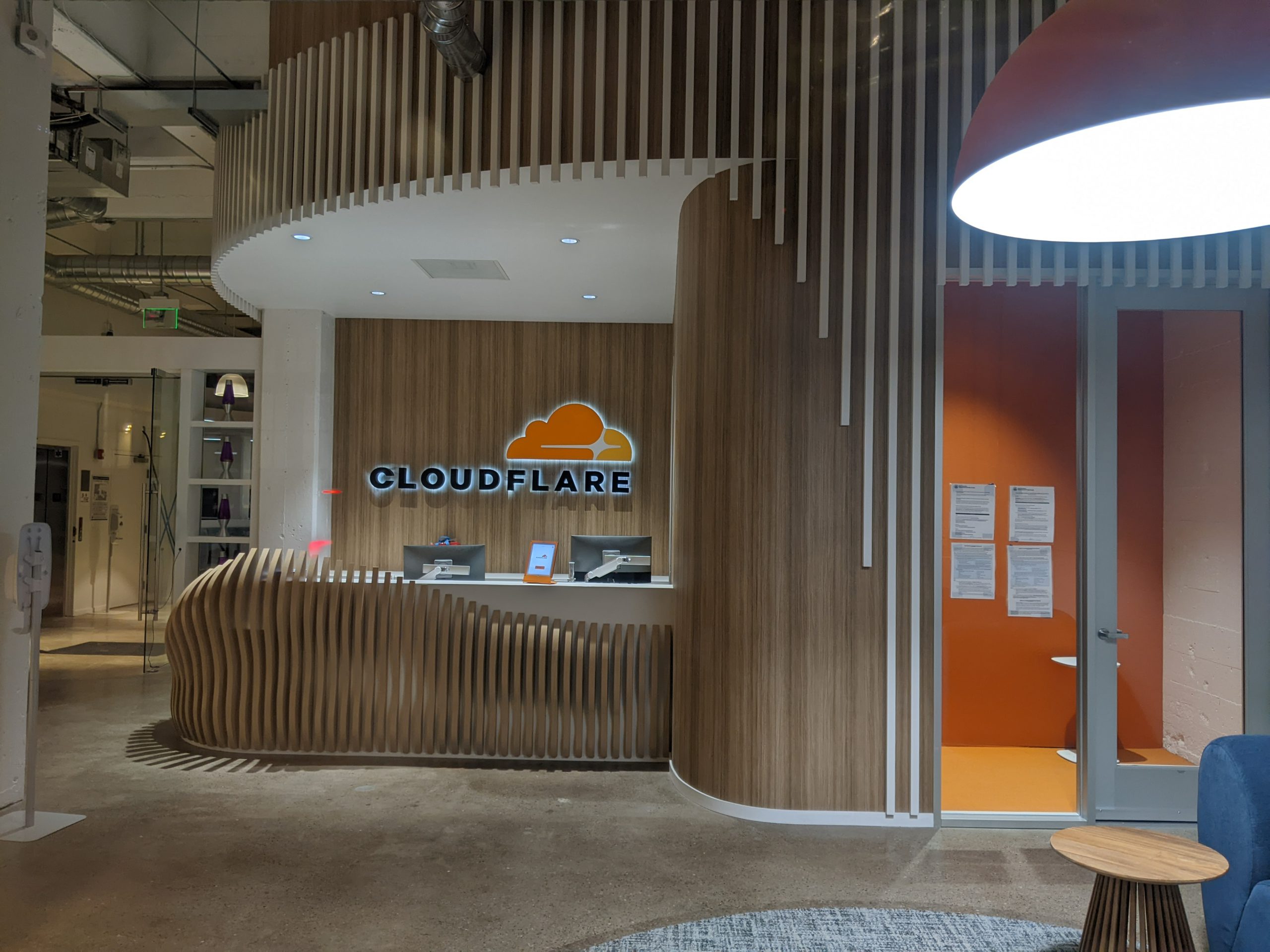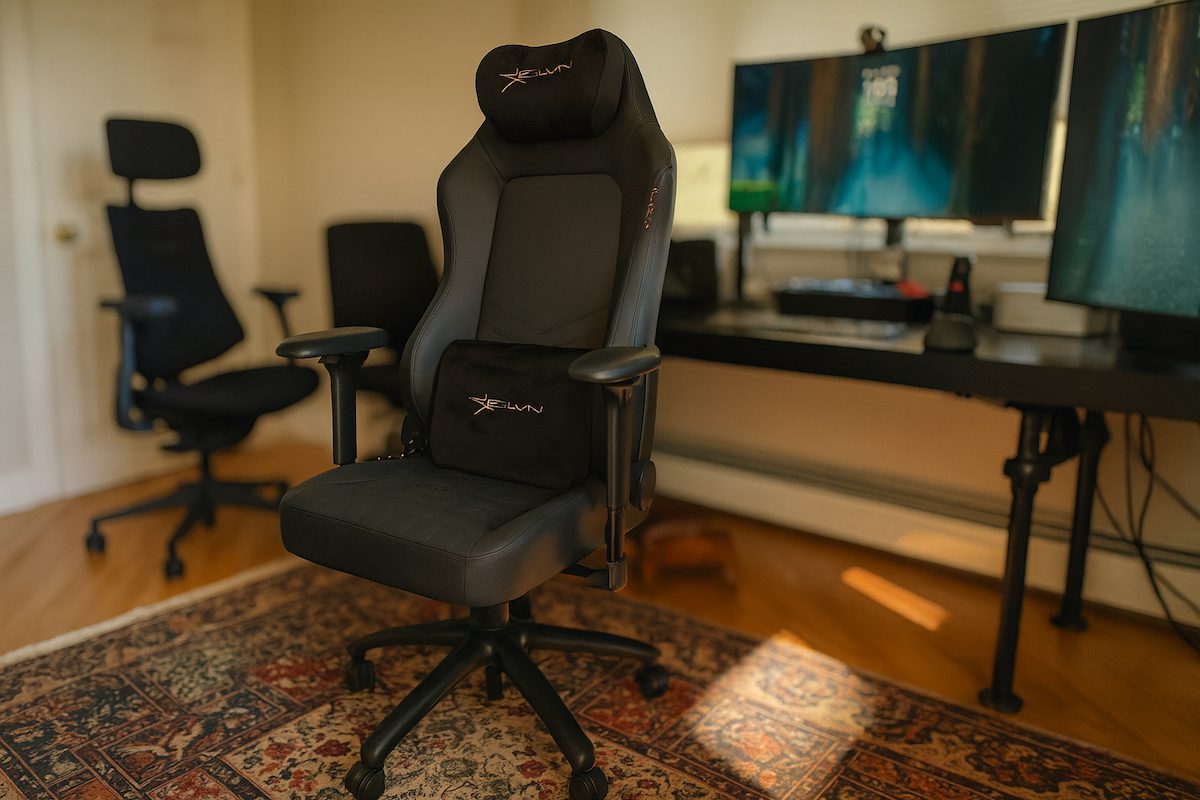Racing against the September 30 deadline, thousands rushed to secure that sweet $7,500 federal electric tax credit before it vanished forever. Those buyers are now watching October shoppers walk away with better deals—no government paperwork required. The manufacturer price cuts that followed the incentive’s death make September’s “smart money” look like suckers who fell for artificial urgency.
Automakers Slashed Prices Immediately After Credit Died
October brought instant savings that exceeded the expired federal incentive.
Hyundai dropped the hammer first, cutting 2026 Ioniq 5 prices by up to $9,800—making the base model $36,600. Ford and GM took a different approach, channeling equivalent savings through their leasing programs so Mustang Mach-E and F-150 Lightning drivers still pocket the same monthly relief. Like watching Netflix drop subscription prices the day after you renewed for a year, the timing stings. Rivian also adjusted pricing across its R1 lineup, reflecting the industry’s rapid pivot to post-incentive reality.
Consumer Forums Exploded With Buyer’s Remorse
September purchasers discovered their government-subsidized deals were actually worse than waiting.
Reddit threads and EV forums turned into digital therapy sessions for September buyers processing their financial miscalculation. You played by the rules, met the deadline, and handled the tax paperwork—only to watch latecomers get superior pricing without bureaucratic hassle. The artificial urgency created by incentive deadlines transformed conscientious consumers into unwitting beta testers for manufacturer pricing strategies. This buyer frustration spans multiple forums and social channels, with users reporting genuine regret over their purchase timing.
Industry Warns of Massive Sales Collapse Ahead
Ford’s CEO predicts EV market share could drop 50% following the incentive’s end.
Ford’s Jim Farley publicly cautioned that EV sales might halve in the coming months, echoing warnings from analysts who studied Germany’s 2024 subsidy withdrawal, according to industry reports. That market saw the classic boom-bust pattern—pre-deadline surge followed by prolonged sales depression. Unlike streaming services that can adjust pricing instantly, automakers face inventory challenges and dealer networks that resist rapid pivots back to gas engines. Industry analysts expect this volatility to persist as manufacturers recalibrate their strategies without federal support.
The lesson cuts deeper than individual purchase timing. Government incentive deadlines create market distortions that reward procrastination over planning, turning policy transitions into consumer roulette where the house usually wins.








